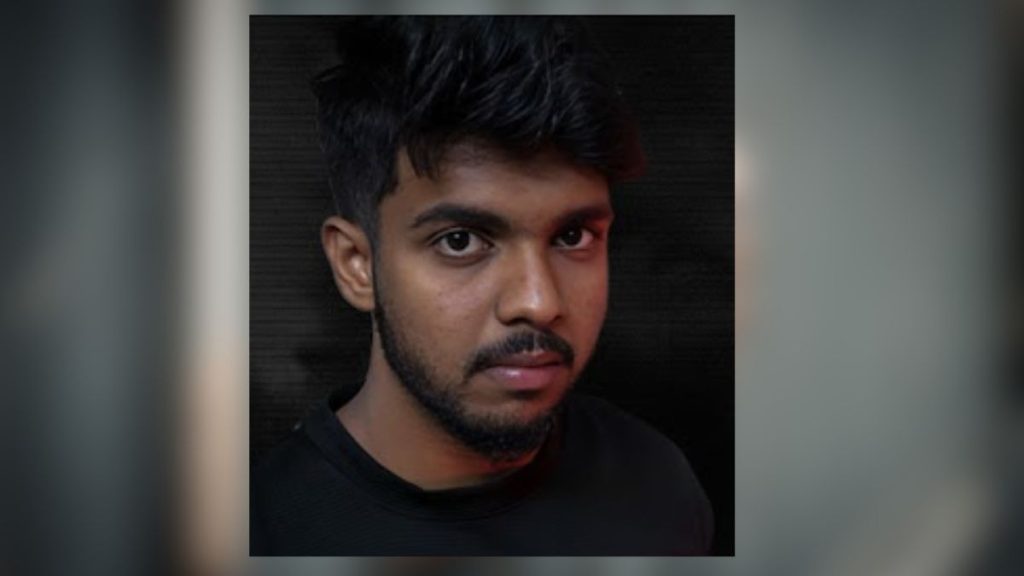Youtuber Lands in Legal Hot Water Over AI-Generated Video on Dharmasthala Mass Burial Case
The idyllic temple town of Dharmasthala in Karnataka, India, has been thrust into the national spotlight following explosive allegations of a mass burial of women and girls. Adding fuel to the fire, a popular Kannada YouTuber, Sameer MD, now finds himself embroiled in a legal battle over a video he created about the case, titled “Who Are Serial K!llrs of Dharmasthala?” The video, which amassed over 3.1 million views in a matter of days, has been flagged by police for allegedly using artificial intelligence to generate misleading and provocative content, potentially inciting public unrest. This incident highlights the growing concerns surrounding the misuse of AI technology in disseminating information and its potential to inflame sensitive situations.
The Dharmasthala police have registered a case against Sameer MD under multiple sections of the Bharatiya Nyaya Sanhita (BNS), including provisions related to the dissemination of false information, provocation of unrest, and disturbance of public order. Dakshina Kannada Superintendent of Police, Arun K, criticized the video for distorting facts and incorporating fabricated elements that were not part of the official testimony provided by the whistleblower, a former sanitation worker who claims to have witnessed and participated in the burials. The police assert that the video includes additional material not found in official records, further amplifying the potential for public unrest.
This legal action against Sameer MD marks the second time he has faced legal repercussions for his videos. In April, he was issued a notice regarding a ₹10 crore defamation lawsuit filed by representatives of Shri Kshetra Dharmasthala, D Harshendra Kumar and Nischal D, in connection with a video he produced about the unsolved murder of a college student. The representatives accused Sameer MD of unfairly targeting the religious institution in his content. The current case further underscores the challenges faced by authorities in navigating the complex intersection of free speech, online content creation, and the responsible use of emerging technologies like AI.
The Dharmasthala case itself began with the testimony of a former sanitation worker who alleges that between 1995 and 2014, while employed by the Dharmasthala temple, he witnessed and participated in the burial of numerous women and girls who had allegedly been sexually assaulted. The individual, whose identity remains protected, subsequently presented skeletal remains to authorities as evidence. The allegations have sent shockwaves through the community and fueled demands for a thorough investigation. Local authorities, while acknowledging the seriousness of the allegations, have also pointed to the longstanding practice of burying unclaimed bodies in the area, a practice which they say is documented in panchayat records dating back to 1989.
The unfolding events in Dharmasthala have also sparked a wave of online discussions and reactions, some of which have crossed the line into inflammatory and obscene territory. Belthangady police have initiated additional cases against social media users who have posted such content related to the case. One Facebook user, identified as ‘Praveen Lobo,’ is currently under investigation for allegedly posting explicit content related to the Sowjanya justice movement, a separate but related case involving the death of a young girl in the region. The investigation follows a complaint filed by a local resident, leading to charges under Section 296 of the BNS.
This incident serves as a stark reminder of the power and potential pitfalls of online platforms, particularly in the context of sensitive and potentially volatile situations. The ease with which misinformation can be created and disseminated, particularly with the use of sophisticated technologies like AI, poses a significant challenge for law enforcement and underscores the need for increased vigilance and responsible online behavior. The Dharmasthala case remains under investigation, and the coming weeks will be crucial in determining the veracity of the allegations and the extent of the alleged burials. The case continues to grip the nation’s attention, raising important questions about accountability, justice, and the responsible use of technology in the digital age.


